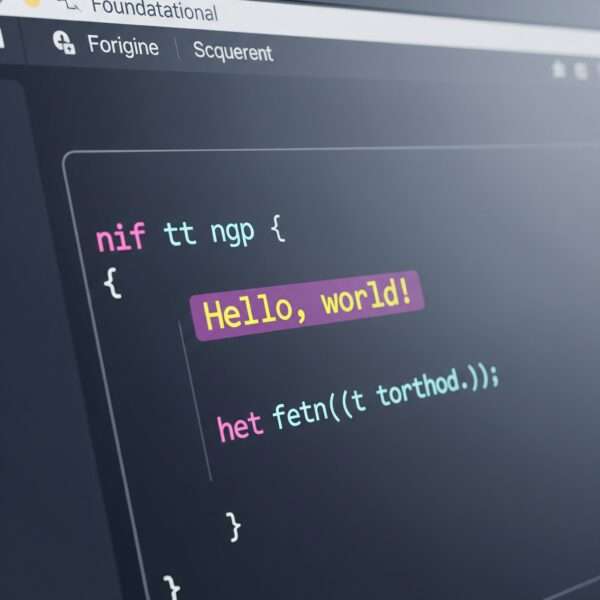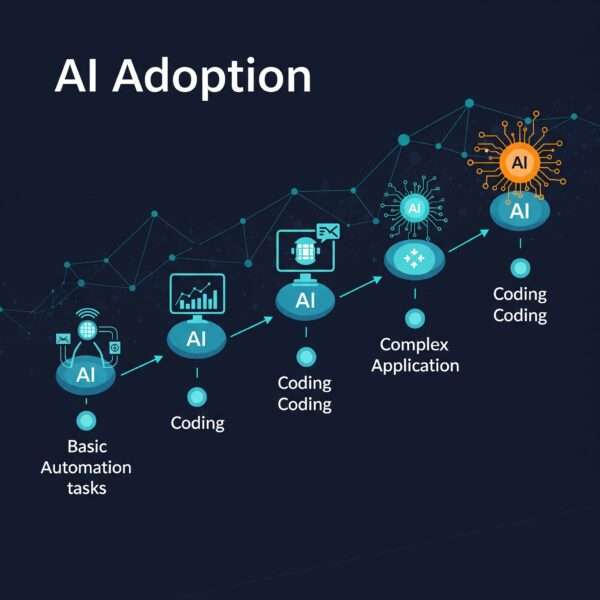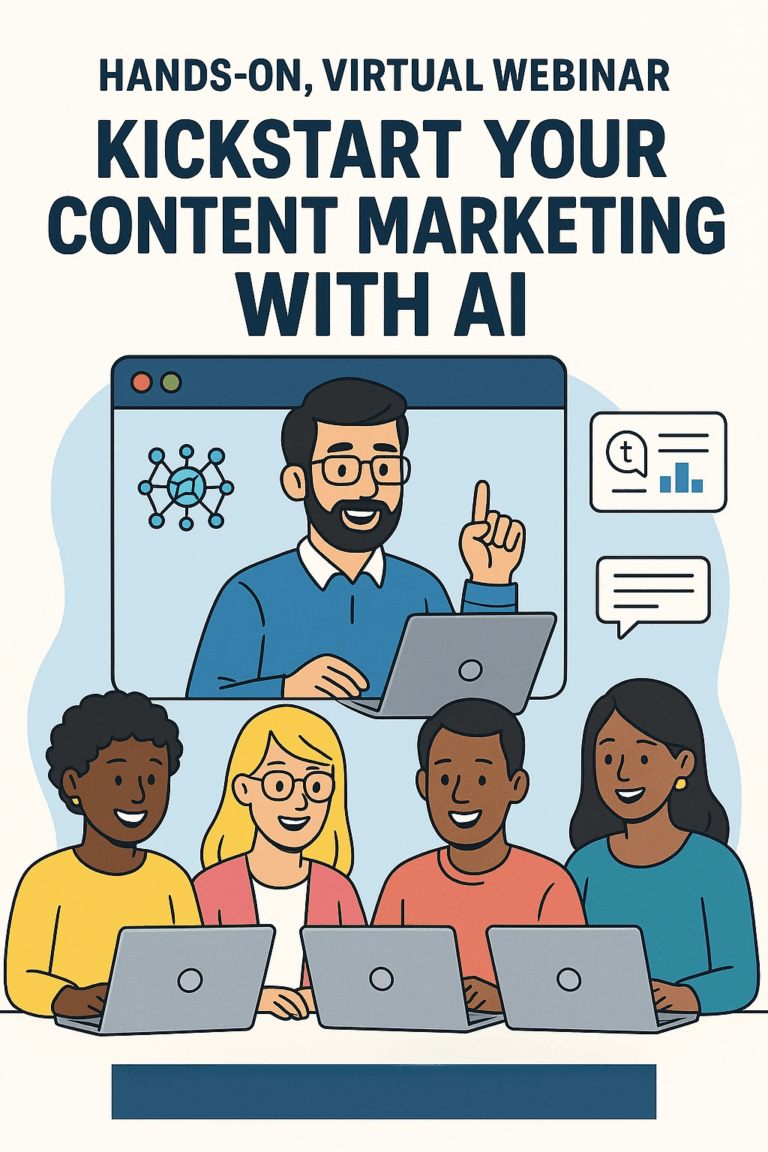Vibe coding games isn’t frivolous, it’s essential
Learning by doing to see what’s possible
I started “vibe coding” before I even knew the term. My first foray was moving multivariate stats analysis of podcast data from Copilot to VS Code so the (stupid) charts would render. Then I used it to parse and re-write a WordPress XML export file to fix some nagging problems.

I dove right into the “medium” end of the pool without trying other stuff first. It worked for me because I had some grounding in coding and okay with mucking around on the command line, but I’ve taken a step back now and started doing something a lot of people might think is frivolous—I’m making little games and interactive screens. Like this thing a friend inspired to make for myself.
But the truth is this isn’t frivolous, it’s critical for adopting AI for more than blog posts, emails, and research.
Hello world
If you’ve ever tried to learn any programing language you know the first exercise is always “Hello world.” It’s even the first default post when you start a new WordPress site. Why? Because it’s simple and makes sure your development environment is set up. If you can’t get Python to print “Hello world” on the screen, you have something to fix. You can’t have a webpage showing “Hello world” without a browser to render it or mini web server running.

Hello world is the most basic thing you start with. If it works you can move on to cooler/harder things. Which is exactly what vibe coding a silly screen that looks like Star Trek LCARS or the Matrix computers is. It’s setting the scene. It’s you going “okay, let’s give this a go, I saw someone do that, I want to try it for myself” and probably being really surprised with the result. It’s my ten year old sitting down and creating a simple little game after I made an even more simple little game for her.
It’s seeing what you can do and then asking yourself “well, if I can do that, I wonder if I can do this…” It’s coding with training wheels. It’s getting you to the next step.
This is how AI adoption will progress
Vibe coding is both good and bad. The good is the rapid prototyping and being able to go to a developer and say: “Hey, I threw this together, I know the code might be crap, but can we work on it?” The bad is putting that tool you threw together onto the internet and not really testing it for security or data handling or any of that. My friends Jane and Morten both wrote about vibe coding recently, Jane with Are vibe-coded gadgets the new Buzzfeed quiz? and Morten with his 30 Days of AI newsletter edition: Everyone’s Vibe Coding. See how to try it yourself. They hit the caveats and warnings straight on—as they should and why I’ve held off on putting one of my ideas online because I knew I’d be in over my head—as well as some of the hope and promise vibe coding holds for us.

I’m going to take it a step further with: if you’re not vibe coding, even for kicks, even if you never save the HTML Gemini Canvas spits out, you are going to fall behind really fast. Vibe coding is one of the best ways I know to see how AI will transform work and our world. It goes beyond simple prompts to draft an email or a blog post. It goes beyond doing deep research and the analysis tools I’ve built based on increasingly more complex prompts. Vibe coding unlocks the potential for more ideas—good and bad—to be tested and tried. When you can go: “I’d like a simple app that lets me fill out a Value Proposition Canvas in my browser and save it to a PNG.” in a couple hours, the next question might be: “If I can do that, I wonder if I can have it populate a VPC based on our data, content, and product marketing. Then I wonder if it will help us understand how to tune our value proposition better. Then I wonder if it will help us refine our target personas. Then I wonder if it can help us generate and refine personas…”
And on the other side you can see where it might fall down. Like when I was learning HTML and creating forms. My buddy and I made a form for the users we supported to let us know what they needed fixed. Sounds good, but falls down with questions like “My computer isn’t working” and “I can’t connect to the network/internet” because if either of those are true, you aren’t able to fill out the form in the first place. This doesn’t even get into the whole data handling part of the process. But, the form worked. It sent us emails with information. Did we roll it out to people? Oh hell no. It was crap. But it was the crap we needed to create to make the next thing that wasn’t crap.

There’s nothing wrong with making some really crappy things and more than a few ideas that fail. That’s the process. My first iteration of an automated content audit didn’t work at all. Most of the components I originally envisioned the tool can’t be done by AI yet. But the next iteration worked well enough to know I was on the right track.
You have to give it a try
In my post “Solving My Problems First” I talk about building things that I needed to do stuff I hated to do. In the process I’ve learned how to refine and refactor my prompts. I’ve figured out how to connect outputs together (even if it’s manual right now). I took the steps to understand if I wanted to publish an app or service based on what I built, what I’d need to do (again, a lot is over my head right now., so no). Every time I try a new thing, I’m wondering what’s possible next. What deep research do I need to understand a problem better? How can that deep research be used to do or build something else? It’s a process. It’s iterative. It’s essential.
It’s progress.
We have to be ready for what’s next

As we all grapple with the Axios “Behind the Curtain: A white-collar bloodbath” post, we have to ask ourselves what we can do ourselves in the face of massive societal and economic change. Just learning the basics of AI isn’t going to be enough. Just trying a few complex prompts isn’t going to be enough. You need to dig in, try stuff, break stuff (in a controlled way), and start evolving your thinking to “well, what could I do with an AI to help me right now?” and then be inspired by the result to do the next cool thing.
Update: This morning Christopher Penn wrote on LinkedIn this morning about this existential crisis about AI and work, here’s an excerpt from his post:
“This is the existential question everyone’s talking about after Anthropic CEO Dario Amodei’s piece highlighting that generative AI could spike unemployment to 20% in the short term (2-5 year window). That’s realistic. It might be higher, depending on how quickly the C-suite wants to chase profits over people, slowed down only by their own bureaucratic inertia. For certain, new hiring will take a hit first as employees become more productive. … However… we’re ignoring some basic realities….”
Read the whole piece for the realities, but the gist is, companies will still need people and one of our biggest bottlenecks will be our own capacity for attention.
And if all this seems too scary, or you think your leaders/team/company are falling behind, reach out to me, I can help you understand what AI can do now and what can be done in the future. I can walk you and your team through exercises and prompts to try, plus frameworks for safety, ethics, and larger scale AI adoption at your company.

I also have more practical sessions to give your content marketing a kick start with research, guides, audits, and content starters to get your content strategy (back) on track. I’m putting together a Content Marketing AI boot camp program I’ll be rolling out later in June. Sign up if you’re interested in being a part of the first cohort.
AI is here. It’s powerful. It’s not entirely fully baked. It’s scary. It’s weird. It’s also something you can start to learn and leverage now to secure your future for later.






